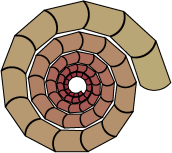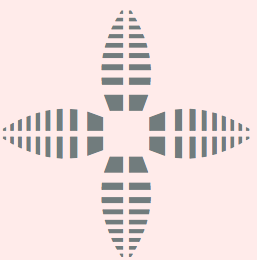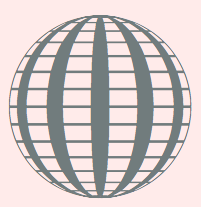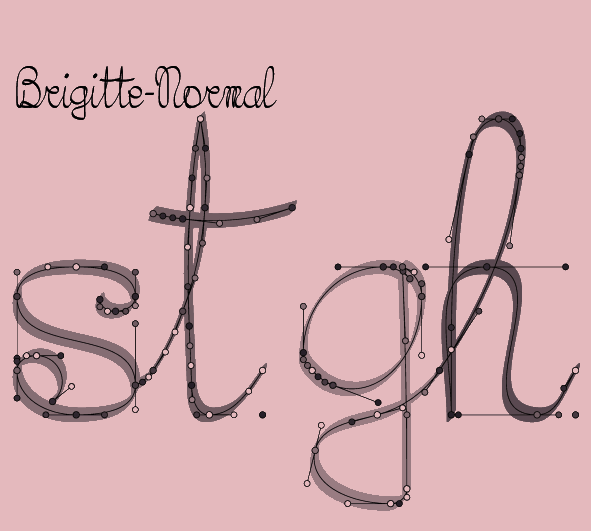TYPE DESIGN INFORMATION PAGE last updated on Sat Jan 10 11:48:53 EST 2026
FONT RECOGNITION VIA FONT MOOSE
|
|
|
|
|
Font research | ||
|
|
|
|
SWITCH TO INDEX FILE
On the automatic choice of single characters, pairs and triples in handwriting simulation. Part of the project done with the help of Mike McDougall. [Google] [More] ⦿ | |
François Belair, an ex-graduate student from McGill University in Montreal, has written a driver for a SumaTech Pad that allows one to write on a pad with a magnetic pen, capture the important points of the strokes and make Bézier curves for a PostScript type 3 font (based upon the algorithms of Knuth and Hobby explained in Knuth's The Metafont Book (Addison-Wesley, 1986)). [Google] [More] ⦿ | |
François Belair has written a driver for a SumaTech Pad that allows one to write on a pad with a magnetic pen, capture the important points of the strokes and make Bézier curves for a PostScript type 3 font (based upon the algorithms of Knuth and Hobby explained in Knuth's The Metafont Book (Addison-Wesley, 1986)). The Belair family of fonts (71 fonts). These are monoline fonts on which we placed pens with nibs (still PostScript type 3). The fonts had many axes, like stroke width, nib angle, and stroke contrast. Scans: I, II, III. [Google] [More] ⦿ | |
| |
Luc Devroye
| |
Mike McDougall
| |
Moers is a series of Morse code fonts I created. In all formats. [Google] [More] ⦿ | |
Random fonts
| Mike McDougall (ex-University of Pennsylvania Ph.D. student) created a random type 3 font called Tekla (1994) as an undergraduate student at McGill University, under the supervision of Luc Devroye. Tekla uses several handwritten samples as parents to create random offspring. Tekla's letters vary every time a character is needed. A type 3 font of unique versatility, Tekla may be used to simulate drunkenness, and, as the sample shows, varying degrees of instability on one page. His font has a "craziness" parameter, by which we could actually extrapolate beyond the convex polyhedron determined by the master fonts. It should prove useful in testing character recognition software. A companion article entitled Random Fonts for the Simulation of Handwriting has appeared in "Electronic Publishing" in 1995. See also here. Additional URL. [Google] [More] ⦿ |
With Sandro Mazzucato, we developed a program that takes fonts from scanner to bitmap to PostScript type 1 outline. The Bézier curves in the outline are found by a specially adapted random search method. "The Thienen family of fonts" (44 fonts) are freely available for everyone except for persons or companies that are now selling (or intend to sell) fonts for profit (see the readme file). Type 1 fonts with a larger but unusual FontMatrix (which somehow seem to upset some programs, even though they follow PostScript rules and are accepted by native PostScript printers and Ghostscript) may be found here [dead link]. Random search in automatic font generation (1994) is an article by Luc Devroye and Sandro Mazzucato that describes the entire process. [Google] [More] ⦿ | |
Sebastian Morovski
| |
Sugaku fonts
|
Mola's font plays based on Sugaku. Fontplay by Zillah (Sue Lang), and another one by Zillah. [Google] [More] ⦿ |
Syed Hyder was one of the founders of the School of Computer Science at McGill University. At McGill, Syed, together with Olivier Maquelin and Amar Goudjil developed high-quality nonlinear context-sensitive Arabic fonts. One of the greatest hackers anywhere, Olivier wrote an in-house TrueType to PostScript converter in C in two afternoons. Paola Maleh and Laleh Tajrobekhar helped out with the programming for context-sensitive Arabic glyph placement. Laleh's brother in Iran, one of the leading calligraphers there, provided the team with wonderful Nastalique glyphs. A few years before his death, Syed tried to convince Microsoft to use his solution for automated Arabic glyph placement in their software, but no deal was struck. The project was then abandoned. Syed Hyder died in Pakistan on Easter Sunday, 2006. [Google] [More] ⦿ | |
| |
Tired of looking for a Canadian flag in a font, I made one myself, and named it after Julius Grey. [Google] [More] ⦿ | |
Truetype assembler
| An undergraduate student in the School of Computer Science at McGill University, Sebastian Morovski, wrote open source code for assembling truetype files from an ascii format that can be edited with plain editors. This software runs on all platforms (Mac, PC, Unix) and is free. With a little bit of extra work, it should be straightforward to develop command line conversions from PostScript type 1 to truetype. [Google] [More] ⦿ |
|
|
|
|


 A Nautilus shell/snail shell font I made in January 2003 for Suzi. [
A Nautilus shell/snail shell font I made in January 2003 for Suzi. [ [
[ The Sugaku family of fonts (over 120 at the end of 2003) consist of ornaments and symbols. These fonts were generated by a PostScript program because the placement of the points of the outlines had to mathematically exact (for example, the vertices of a polygon with 17 sides cannot be correctly placed using a mouse in a font editor). All brought by yours truly, for free. I had (mathematical) fun making them.
The Sugaku family of fonts (over 120 at the end of 2003) consist of ornaments and symbols. These fonts were generated by a PostScript program because the placement of the points of the outlines had to mathematically exact (for example, the vertices of a polygon with 17 sides cannot be correctly placed using a mouse in a font editor). All brought by yours truly, for free. I had (mathematical) fun making them.  Type 3 fonts generated by a mini-language/syntax that requires knowledge of just a few points on the outlines of glyphs. This is illustrated on a connected handwriting font. All data were entered manually--no font editor was used. [
Type 3 fonts generated by a mini-language/syntax that requires knowledge of just a few points on the outlines of glyphs. This is illustrated on a connected handwriting font. All data were entered manually--no font editor was used. [